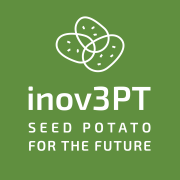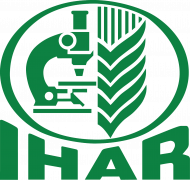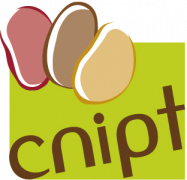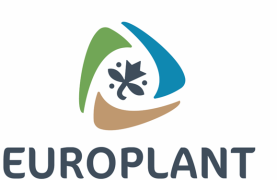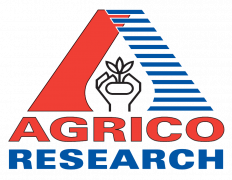Abstract
The present study investigated the biological control agents (BCAs) potential of soil-borne bacteria against potato common scab (PCS), a significant economic concern induced by Streptomyces spp. in global potato production. Despite management strategies such as pesticides, crop rotation, and resistant potato varieties with limitations, growing environmental concerns about synthetic pesticides have increased the interest in BCAs as sustainable alternatives. This study aimed to isolate and characterize soil-borne bacteria from the rhizosphere of healthy potato tubers, evaluating their biological control properties against S. scabiei strain N131. Among the 460 isolated bacterial strains, three strains (T1c, T15o, and Kn1c) exhibited the largest inhibition zones against S. scabiei in dual culture assays (8.94 mm, 6.19 mm, and 9.77 mm, respectively). Subsequent identification methods, including initial morphological and MALDI-TOF MS analysis and then 16S rRNA nucleotide sequencing, confirmed their identities as Bacillus cereus (T1c), Pseudomonas baetica (T15o), and Paenarthrobacter nitroguajacolicus (Kn1c). Furthermore, the plant growth promotion (PGP) potential of these strains was determined based on siderophore, protease, indole-3-acetic acid (IAA), ammonia (NH3) production, and phosphate solubilization. Both T1c and T15o strains displayed all tested plant growth promotion (PGP) properties, while Kn1c strain did not produce siderophore or solubilize phosphate. Pot experiments were conducted to evaluate the biocontrol efficacy of these antagonistic strains against S. scabiei using two application methods: simultaneous application of both antagonistic and pathogenic strains (PAB) and application prior to pathogen application (ABP). In the PAB treatment, all strains demonstrated significant biocontrol activity, with disease reduction rates of 69.6% (T1c), 73.5% (T15o), and 76.4% (Kn1c). Moreover, the ABP treatment yielded biocontrol efficiencies of 77.5% (T1c), 83.1% (T15o), and 84.2% (Kn1c), although no statistically significant differences were observed among the strains within each treatment. In conclusion, B. cereus, P. baetica, and P. nitroguajacolicus demonstrated promising potential as environmentally friendly BCAs in the management of potato common scab due to their robust control efficacy. Further research is needed to optimize application methods and elucidate the underlying mechanisms of their biocontrol and PGP activities.

